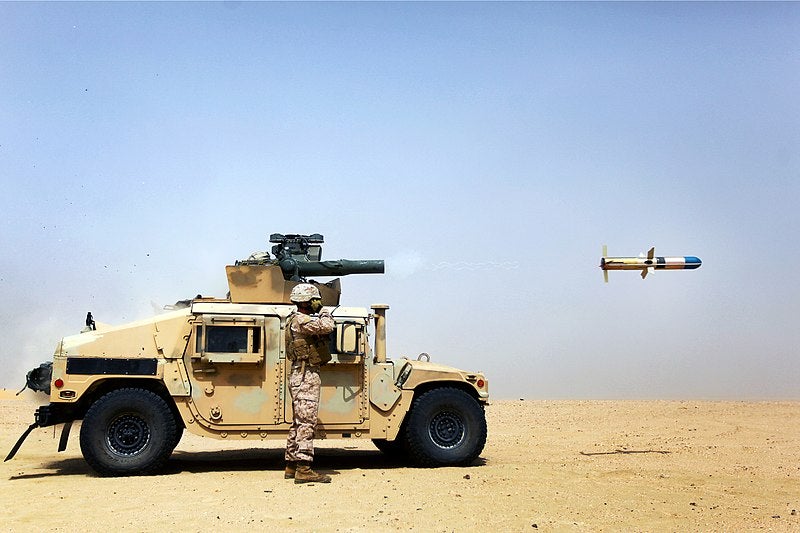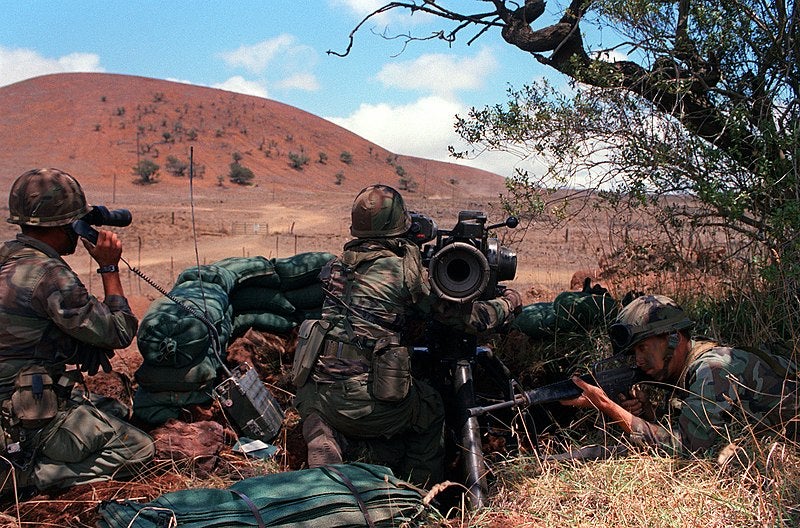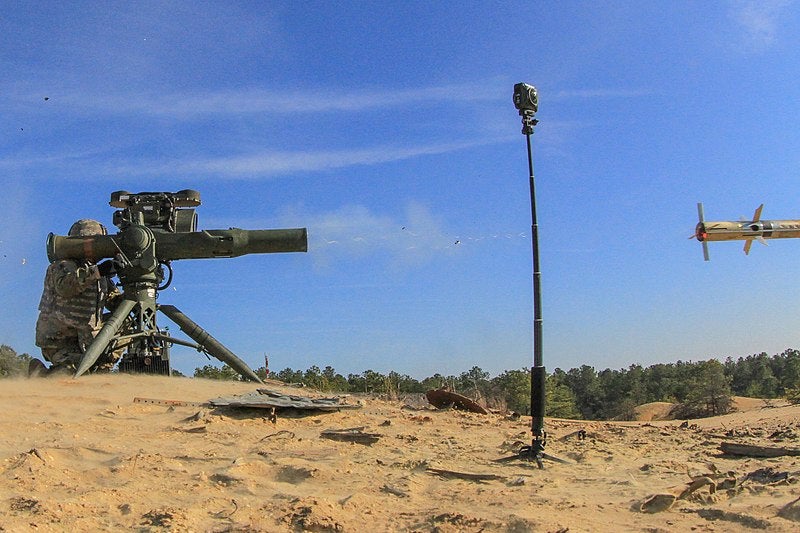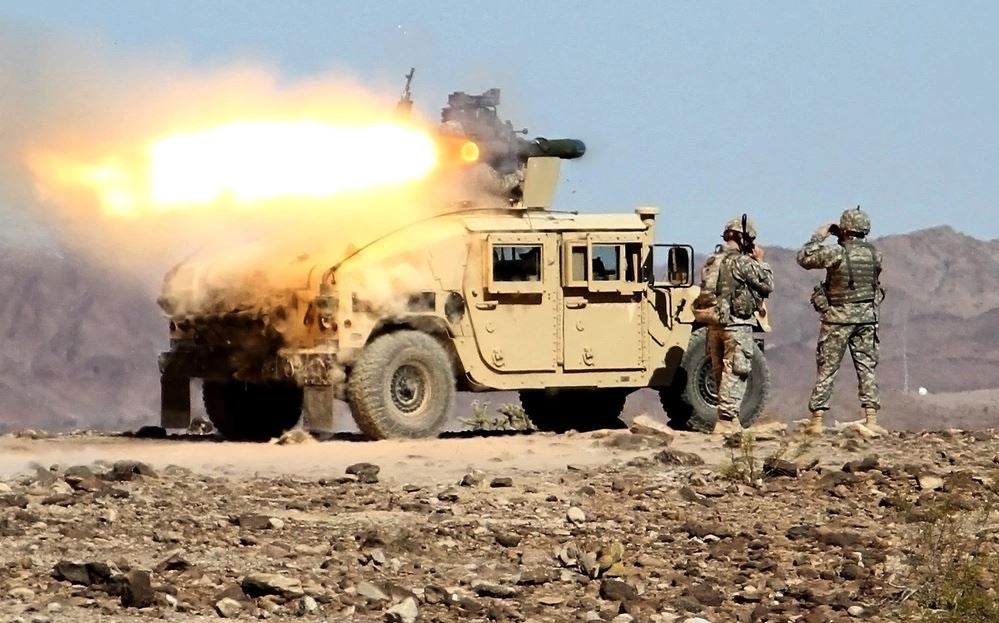The US Approves The Sale of 5000 TOW 2A Anti-Tank Guided Missiles To Egypt
On May 19, the US Defense Security Cooperation Agency (DSCA) announced that the US Department of State had agreed to approve a Foreign Military Sale to Egypt, which involves the possible supply of (5,000) TOW 2A Anti-Tank guided missiles at a cost of $691 million.
According to the statement, which stated that a notification was sent to Congress regarding the sale’s approval, the sale would include five thousand (5,000) TOW 2A, Radio Frequency (RF) missiles, BGM-71E-4B-RF; and seventy (70) TOW 2A, Radio Frequency (RF) missiles, BGM-71E-4B-RF (Fly-to-Buy Lot Acceptance missiles) as well as missile support equipment, training, technical manuals/publications, spare parts, tools and test equipment and logistics support.

Raytheon, the manufacturer of the TOW Weapons System, will be the deal’s prime contractor, according to the agency, and the proposed sale will help the US’s foreign policy and national security by boosting the security of a critical Non-NATO Ally that remains a key strategic partner in the Middle East. The proposed sale, according to the DSCA, will improve Egypt’s ability to reinforce its homeland defense by refilling its supplies. The missiles will be deployed against armored threats and fortified positions in counter-terrorism and border security operations.
For more than 10 years, the Egyptian Armed Forces has been using the BGM-71 TOW anti-tank system. The military has reportedly received roughly 15,000 TOW missiles so far, consisting of 6,928 TOW 2A anti-tank guided missiles costing $319 million received in 2008, as well as a number of other TOW 2A anti-tank guided missiles received in three batches between 1998 and 2012.

Raytheon Systems’ BGM-71 TOW anti-tank missile is a semi-automatic guided (SACLOS) anti-tank missile. The TOW acronym stands for Tube launched, optically tracked, Wire command link guided missile. More than 40 international armed forces have employed the missile, which was developed in 1970 and has been integrated into over 15,000 ground, vehicle, and helicopter platforms. It is also a preferred heavy anti-armor weapon system for NATO, coalition, UN, and international peacekeeping operations.

TOW 2 is an improved version of the original TOW. The TOW 2 system, which first saw service with the US Army in 1983, is available in four different variants. The improved TOW 2 missiles with the ‘RF’ suffix, such as those being procured by Egypt, are wireless and are guided by a radio link. Modern variants include BGM-71E TOW2A, BGM71-E TOW2B , BGM71-E TOW2B Aero and BGM71-E TOW bunker buster. TOW configurations with a range of 3.80 kilometers and peak speeds of 278–320 m/s can pierce armor up to ERA+1000mm in the 2A model, 700mm in the 2B model, and ERA+1200mm in the 2E model. The BGM71-E TOW2B aero variant can also destroy tanks and armored vehicles via top-attack, such as the FGM-148 Javelin missile. The weapon however, unlike the javelin, does not possess “fire and forget” technology. The system is a semi-automatic command to line of sight system, which is utilized in second-generation wire-guided missiles and is not a fire-and-forget type. This means that a missile fired from a specific location is tracked by an operator with a sight until it reaches its intended target and is destroyed, which is one of the main reasons why it is not widely used today as it can make the user easy to detect.

